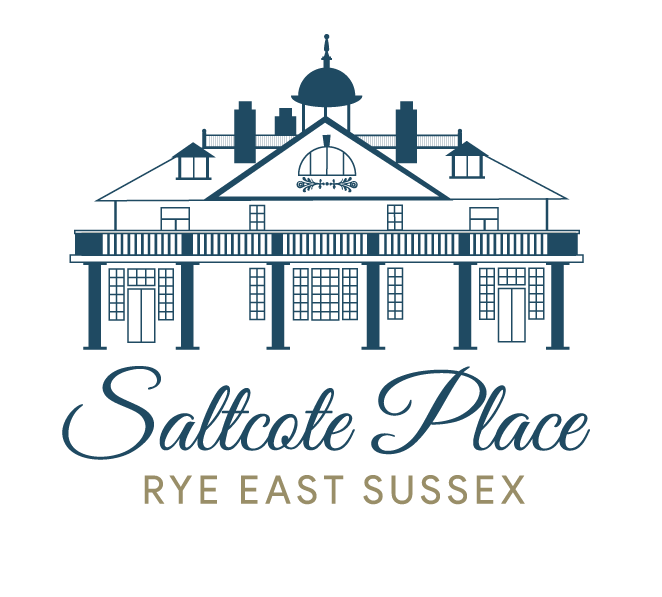
20 May Planning a wedding
Planning a wedding involves countless details, and one of the most crucial elements is the table plan. A well-thought-out seating arrangement can set the tone for the event, ensuring guests are comfortable and conversations flow seamlessly. In today’s digital age, leveraging tools like Google Sheets and Google Forms can significantly streamline this process, making it not only efficient but also collaborative and transparent.
The Thought Process Behind a Wedding Table Plan
Creating a wedding table plan involves several key considerations:
- Guest Relationships and Dynamics:
- Family Dynamics: Placing estranged relatives at separate tables to avoid potential conflicts.
- Friend Groups: Ensuring friends who enjoy each other’s company are seated together to enhance their enjoyment.
- Mixing Guests: Strategically mixing guests to foster new connections and conversations.
- Guest Comfort:
- Accessibility Needs: Seating elderly or disabled guests in easily accessible areas.
- Dietary Preferences: Grouping guests with similar dietary needs to simplify service.
- Venue Layout:
- Table Shape and Size: Deciding on the optimal table shapes and sizes that work with your ideas and the various options at Saltcote Place.
- Dance Floor Proximity: Positioning tables in a way that keeps the dance floor central and accessible.
Benefits of Using Google Sheets for Table Planning
1. Real-Time Collaboration: Google Sheets enables real-time collaboration, allowing multiple stakeholders to view and edit the seating plan simultaneously. This feature is particularly beneficial for:
- Brides and Grooms: Who can update the plan from anywhere and at any time.
- Family Members: Who might have valuable input on seating arrangements.
- Wedding Planners: Who need to keep track of changes and adjustments in real-time.
2. Transparency: With Google Sheets, every change is recorded, providing a clear history of edits. This transparency ensures that everyone involved is on the same page, reducing the risk of misunderstandings and last-minute changes.
3. Cost Reduction: By collaborating in real-time, couples and their planners can quickly identify and resolve issues that might otherwise incur additional costs, such as last-minute table reconfigurations or seating adjustments.
Engaging Guests with Google Forms
Sending out a “Save the Date” is the first step in wedding planning, and it can be efficiently paired with a Google Form to capture important guest information.
1. Capturing Dietary Preferences: Google Forms can include questions about dietary restrictions or preferences, ensuring the catering team can prepare adequately and avoid last-minute adjustments. This pre-emptive approach helps in:
- Reducing Food Waste: By preparing the correct amount of food based on actual preferences.
- Enhancing Guest Experience: By ensuring all guests have suitable meal options available.
- Allergies and preferences: These can be managed from the outset
2. RSVPs and Preferences: Beyond dietary needs, Google Forms can gather RSVPs and other preferences, such as plus-one confirmations, transport requirements, and accommodation preferences. This information can be automatically entered into Google Sheets for seamless integration into the seating plan and overall wedding logistics.
Collaborating with the Catering Team and Venue
1. Real-Time Updates: Both the catering team and the venue staff can have access to the Google Sheet, allowing them to stay updated with the latest seating arrangements and guest preferences. This real-time access ensures that:
- Catering Staff: Are always aware of dietary requirements and guest counts, allowing for precise preparation.
- Venue Coordinators: Can adjust table setups according to the latest seating plans without waiting for final confirmations.
2. Reducing Confusion: With all parties working from a single, updated source of truth, there is a significant reduction in the potential for errors or misunderstandings. This clarity helps ensure that the event runs smoothly.
3. Cost Efficiency: By avoiding miscommunication and ensuring that all changes are promptly communicated and logged, couples can avoid unexpected costs associated with last-minute adjustments or errors.
Conclusion
At Saltcote Place we are used to using Google Sheets and Google Forms in wedding planning as it offers a seamless, collaborative, and transparent approach to managing the intricate details of a wedding table plan. This not only enhances guest experience by considering their preferences and needs but also ensures that all parties involved in the planning process are synchronized, reducing the potential for confusion and additional costs. Embracing these digital tools can transform wedding planning from a stressful task into an organized and enjoyable experience.



